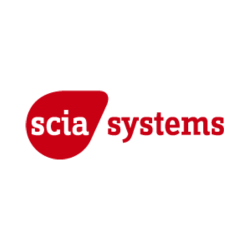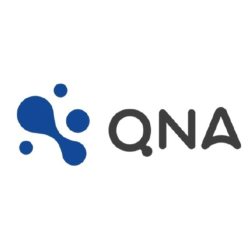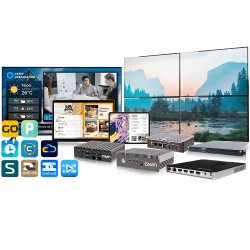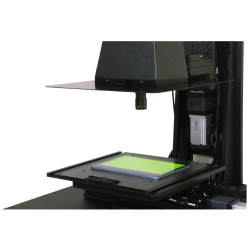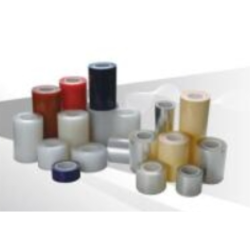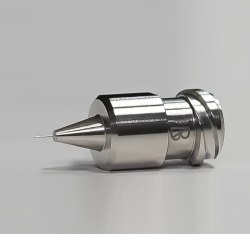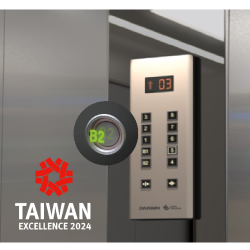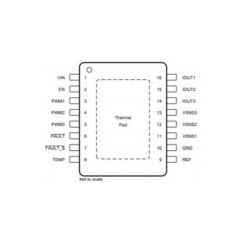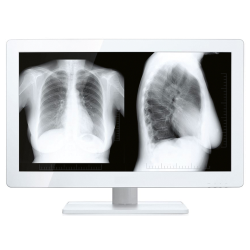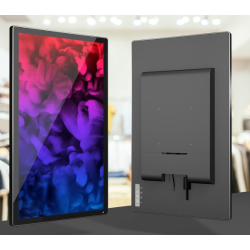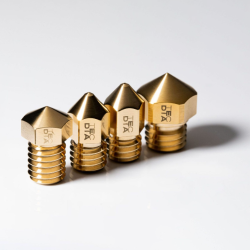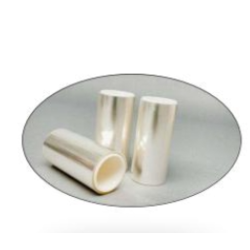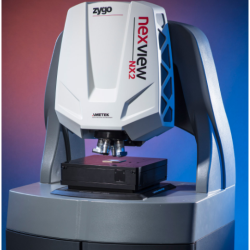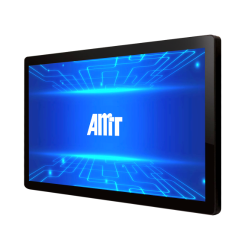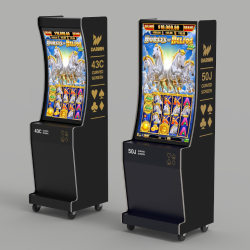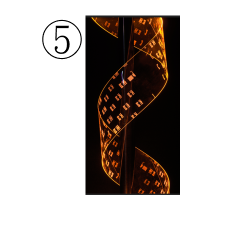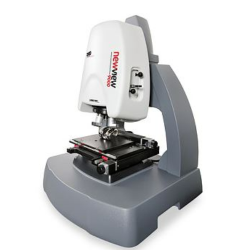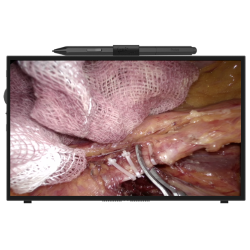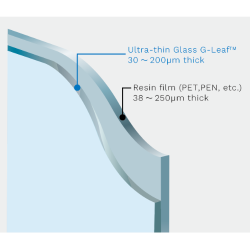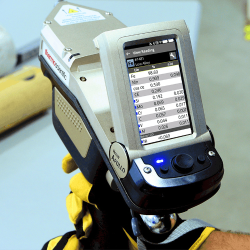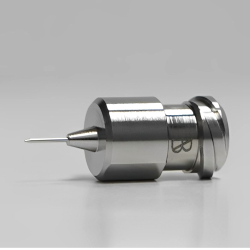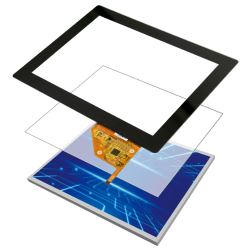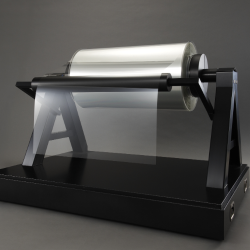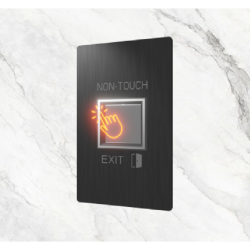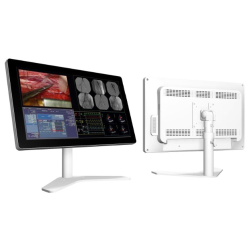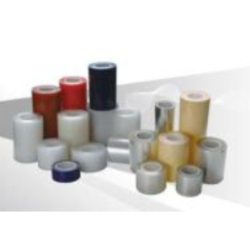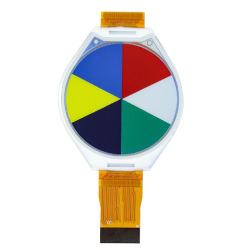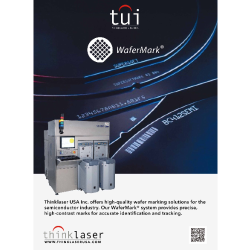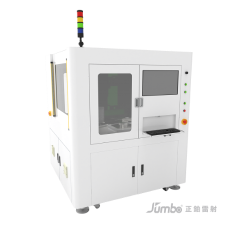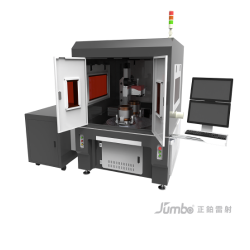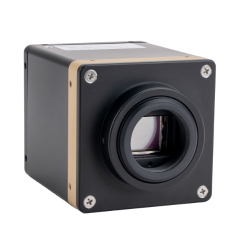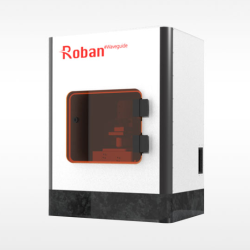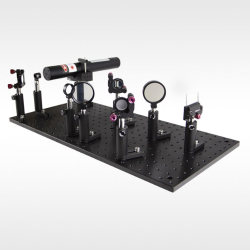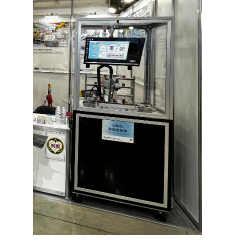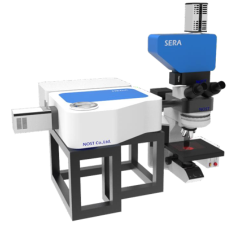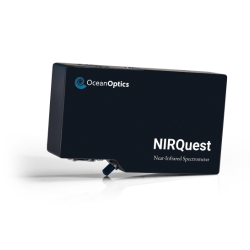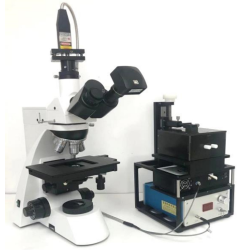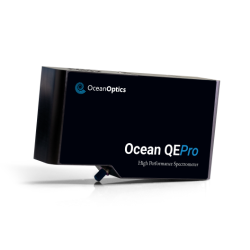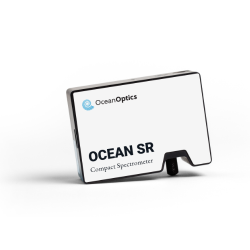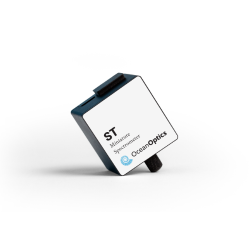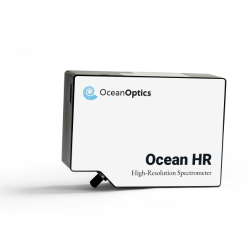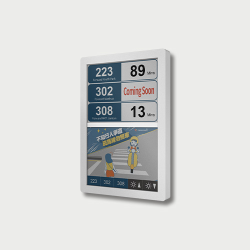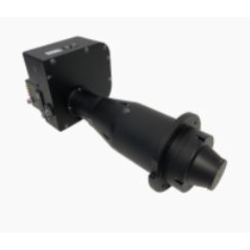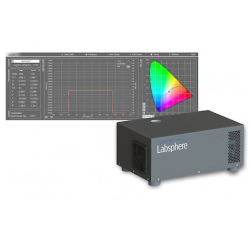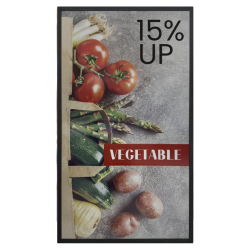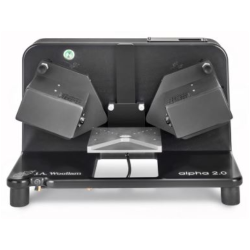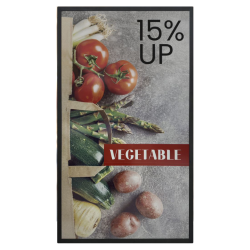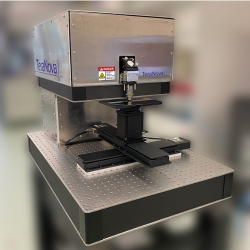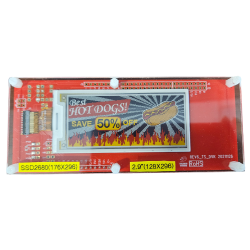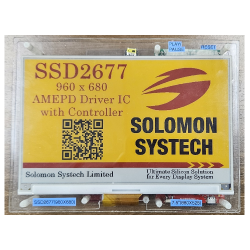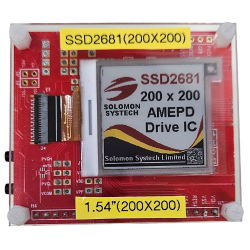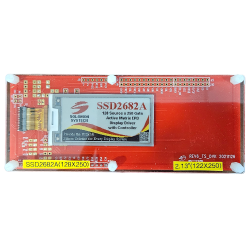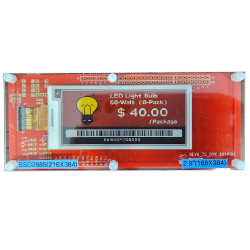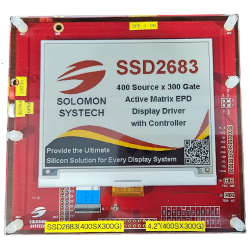ION BEAM ETCHING / ION BEAM TRIMMING
Model: Mill-200 / Trim-200
Category: Display
Exhibitor: WESI TECHNOLOGY LTD.
Booth No: L510
Characteristic
-Ion Beam Etching:
Precise Processing of Complex Surface Structures
Ion Beam Etching (IBE), also referred to as Ion Beam Milling (IBM), is a highly precise method for surface processing. A broad beam of positively charged ions (typically argon ions) is accelerated onto a substrate. Thereby, the ions transfer their kinetic energy to the surface atoms, causing them to be ejected and thus removing the material. To achieve a uniform and accurate etching result, the substrate is rotated during the process, while the ion beam has a larger diameter than the substrate.
Advantages of Ion Beam Etching:
High precision - by etching under a defined angle of incidence and adjustable ion energy, even complex structures can be created with high accuracy.
Low substrate temperature, which minimizes heat-induced deformation or damage to the material.
High versatility: Ion beam etching is suitable for a wide range of materials, including metals, semiconductors, polymers, and ceramics.
Surface cleanliness: oxide layers or other contaminations can be removed from the surface.
Special forms of ion beam etching are Reactive Ion Beam Etching (RIBE) and Chemically Assisted Ion Beam Etching (CAIBE), where reactive gases are used in addition to inert gas, e.g., to increase selectivity, to influence trench angles or to enhance etch rates.
-Ion Beam Trimming and Ion Beam Figuring:
Precise Surface Modification for Next-Generation Applications
Ion beam trimming and ion beam figuring are advanced high vacuum techniques used for precision surface modification and correction in various fields, including optics, microelectronics, and nanotechnology
Unlike conventional mechanical polishing methods, both IBT and IBF processes operate without physical contact. A focused broad beam of positive charged ions, e.g. Argon, moves across the substrate surface. The collision of the ions with the atoms of the substrate starts a "collision cascade", causing individual particles to detach from the surface. The amount of removal is controlled by the duration of processing. The longer the ion beam stays at one spot, the more material is removed. Since both forms are physical processes, a wide range of materials can be processed.
Ion Beam Figuring is a special form of ion beam trimming for polishing error correction of optical substrates. It is also often referred to as ion beam polishing or ion beam finishing, as it is usually the last step in a series of processing steps.
Advantages of ion beam trimming & ion beam figuring:
High precision: processing with extremely high surface accuracy and single nanometer figure correction.
Non-contact process: Therefore, ion beam trimming does not introduce mechanical stress or damage to the surrounding areas, resulting in improved device reliability.
High selectivity by the additional use of reactive gases (Reactive Ion Beam Trimming, RIBT), making it ideal for complex device structures.
Other Products
Products you may be interested in
Highest Rated Products
